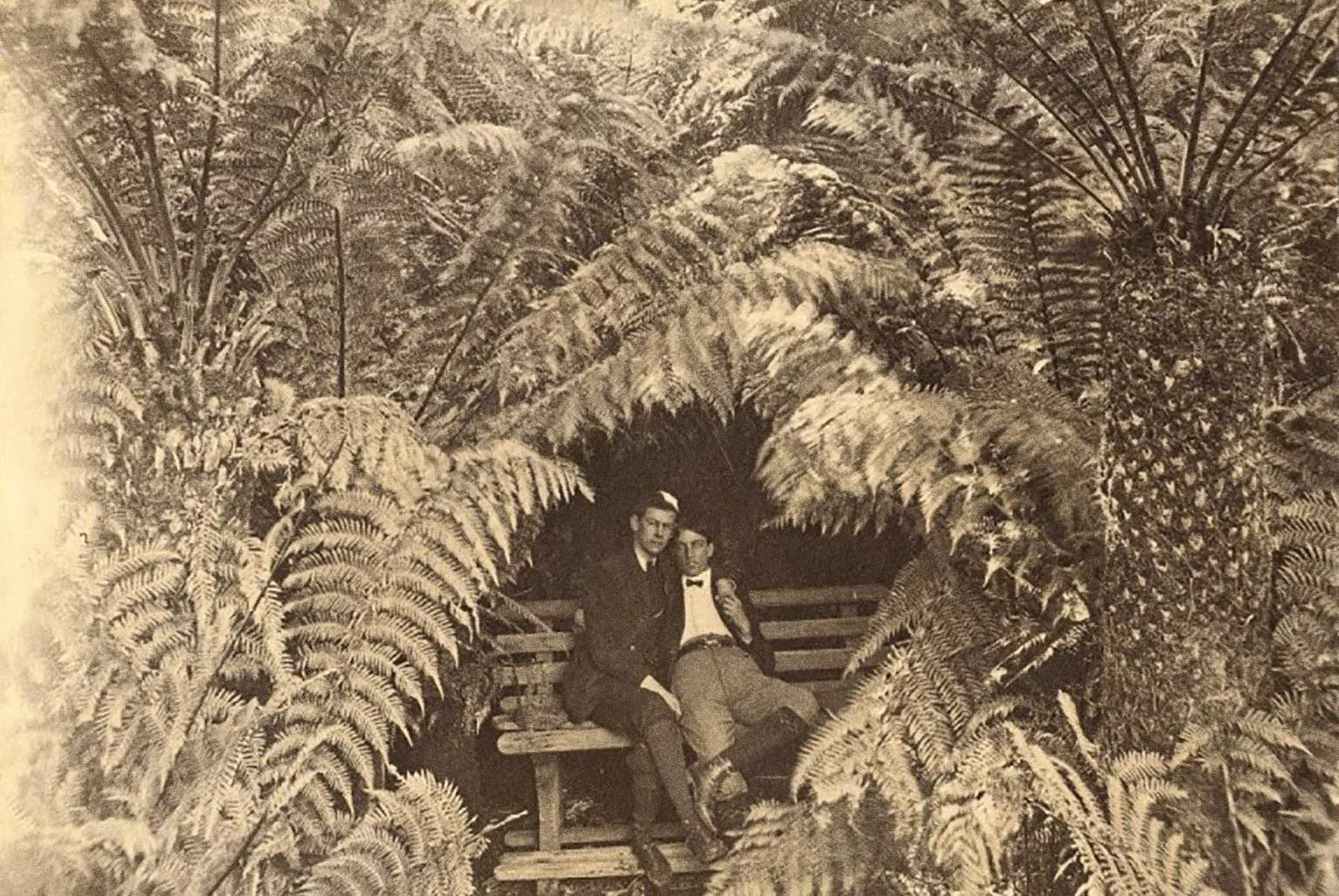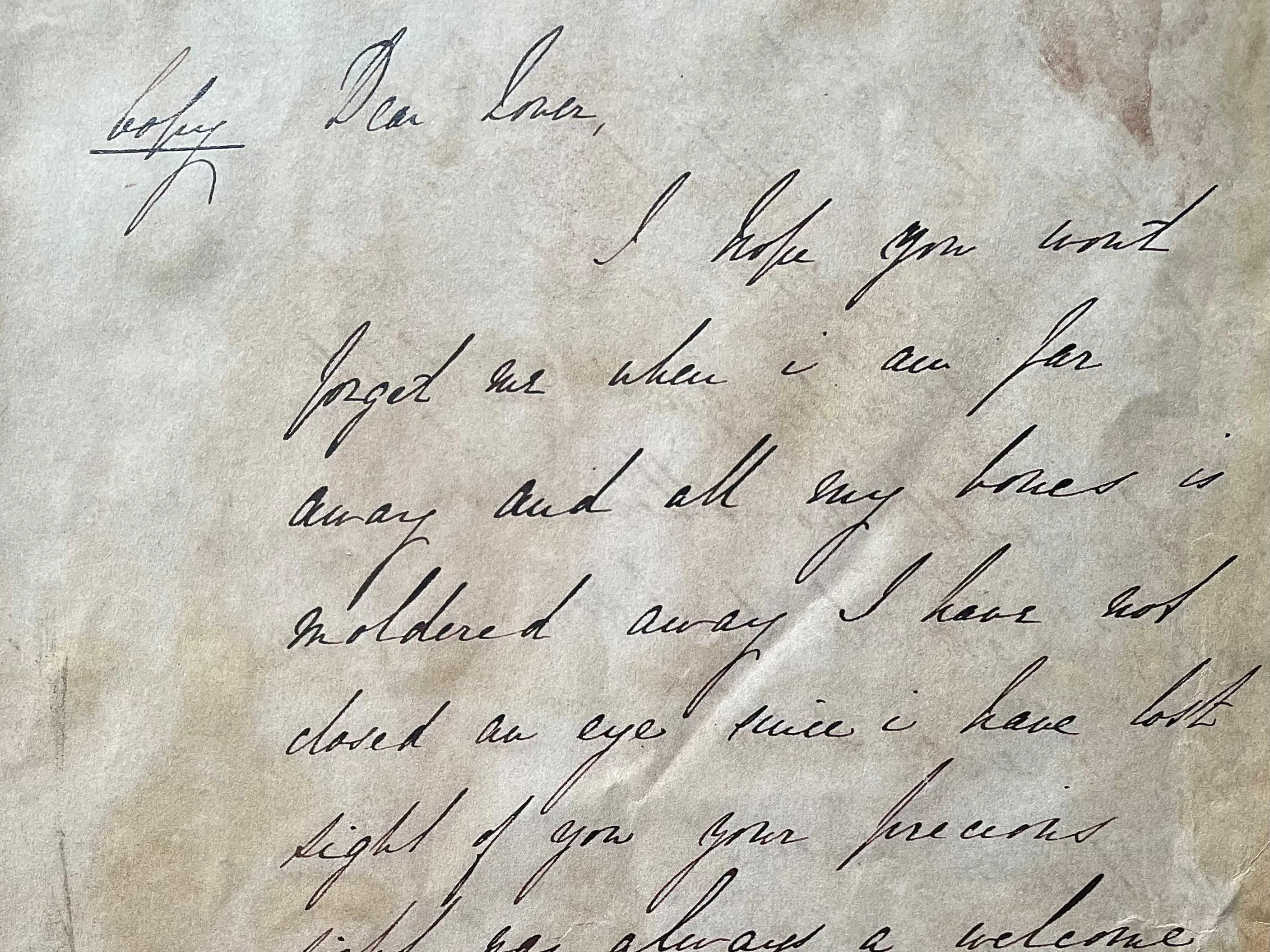
Parks, art installations and grand buildings take on an entirely new meaning on Hobart’s Queer History Walk.
Tasmania is one of the most progressive places in the world when it comes to LGBTQIA+ human rights, but it wasn’t always so. Demystify this island’s complex past on a guided walk, aptly coinciding with the annual TasPride Festival in February.
The Queer History Walk began in the mid-1990s – the brainchild of local historian Miranda Morris and LGBTQIA+ advocate and history graduate Rodney Croome.
What we do is introduce people on the walk to historical characters who survived the prejudice and discrimination, and who made a really important contribution to Tasmanian society.
When Croome and Morris created the walk, Tasmania was in the turbulent throes of a “very protracted, difficult, polarizing” gay rights debate – eventually becoming the last Australian jurisdiction to decriminalise homosexuality in 1997.
“Our rights were being discussed every day in the newspaper – week in, week out; year in, year out,” Croome says.
“Miranda and I wanted to provide members of our community with a deeper sense of our identity. We wanted to show that there had been LGBTQIA+ people in Tasmania taking control of their lives, not just in the previous few years since the gay law reform debate started in 1988, but for centuries.”
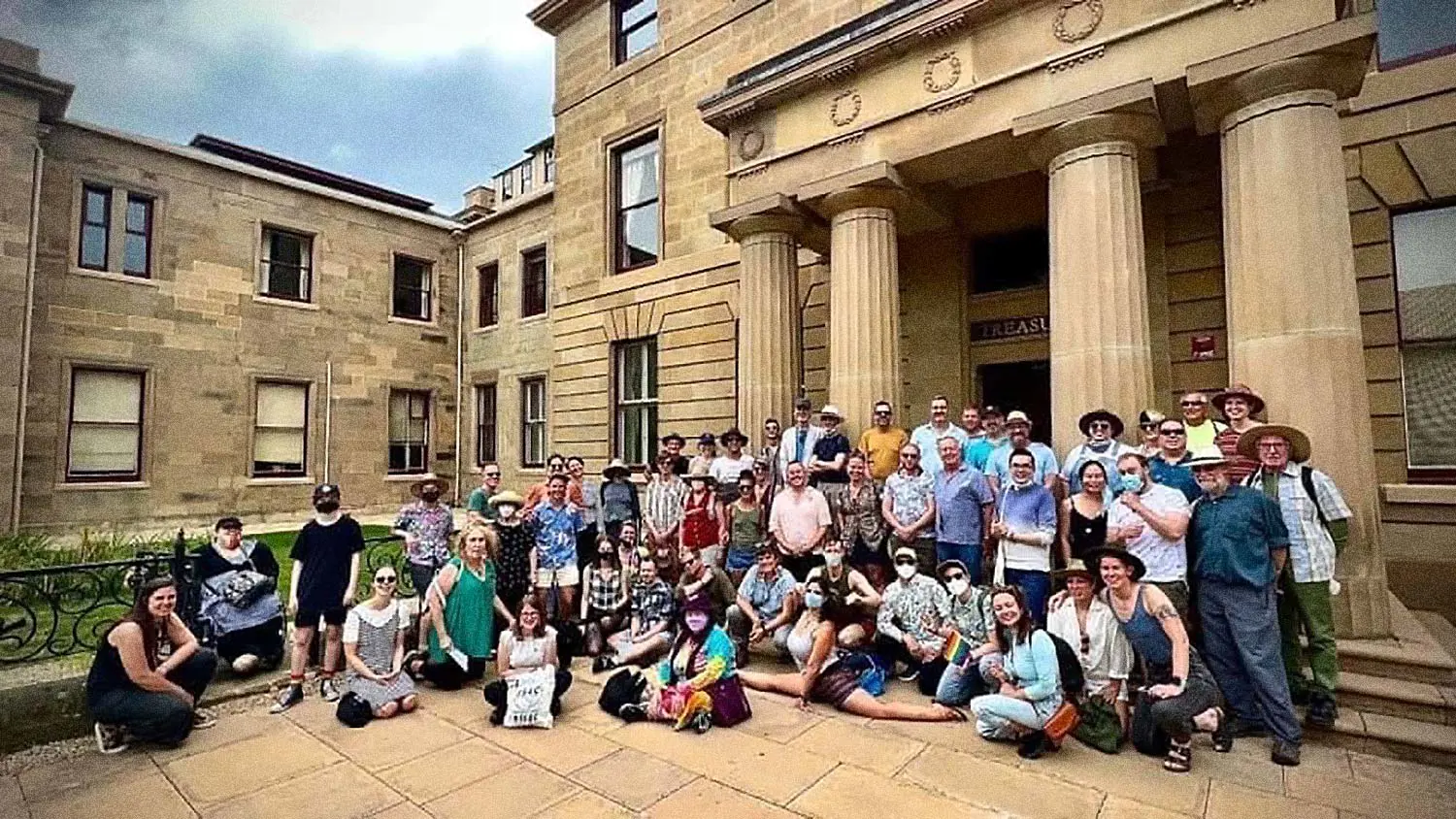
The faces of Tasmania’s queer history
Along the Queer History Walk you’ll peel back layers of time and hear tales of tragedy, oppression and enduring love from centuries past.
The earliest character introduced on the walk is Marie-Louise Girardin – the first white woman to step ashore in Tasmania, who journeyed to the state on the voyage of Bruni D’Entrecasteaux in 1792, dressed as a male sailor.
Croome says Girardin was perhaps the first gender-fluid person to travel to Tasmania.
Then there’s Dennis Prendergast – a convict whose involvement in a prison mutiny cost him his life in 1846. Read the last words Prendergast wrote to his male lover before he was hanged at 24, as Croome shares the only known letter sent between convicts in a same-sex relationship in 19th-century Australia.
“It’s a beautiful letter where Dennis asks his lover not to forget him when he’s gone,” Croome says.

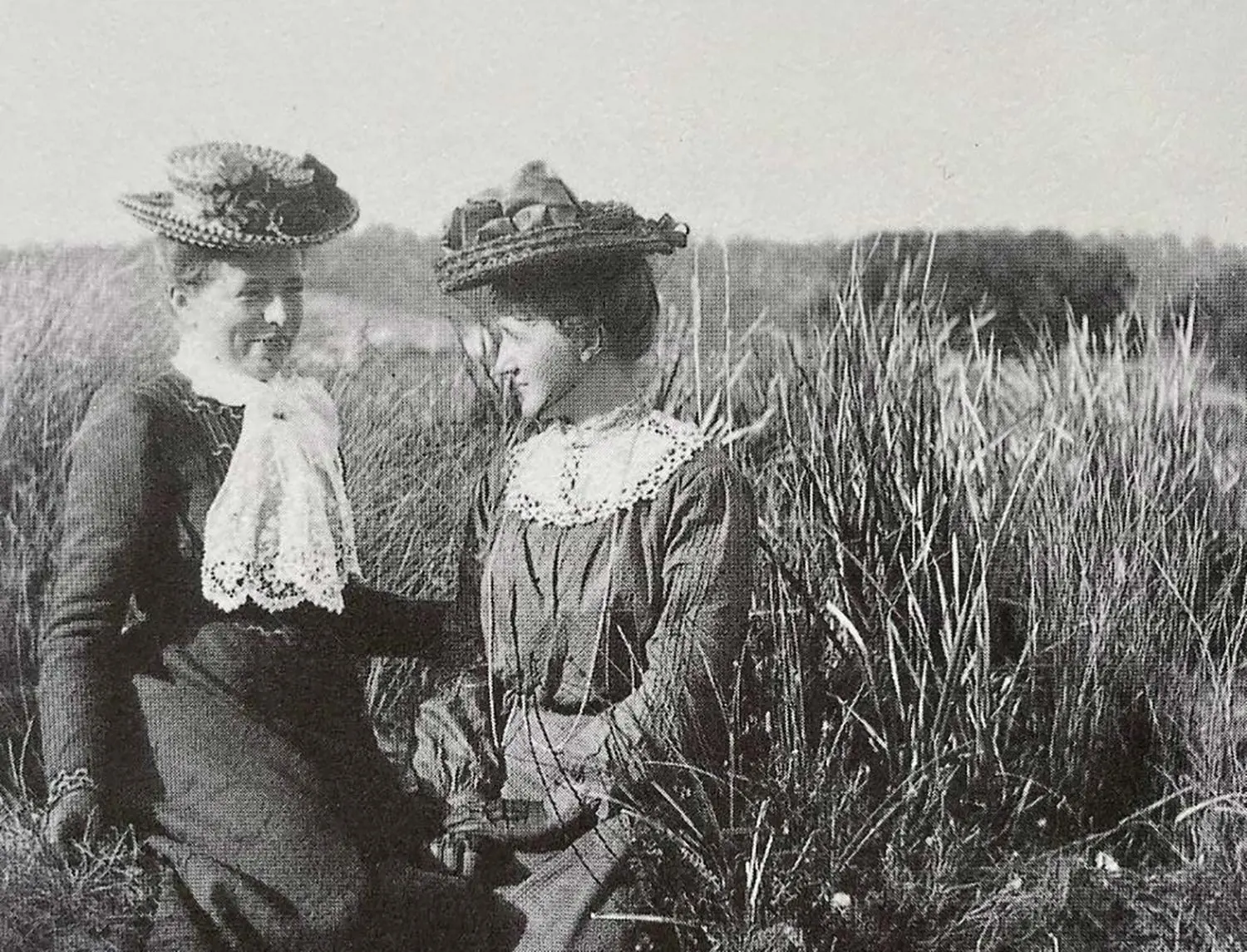
Another character is Australia’s most popular pre-WWI novelist Marie Bjelke Petersen – an “ardent feminist and environmentalist” who was in a same-sex relationship with her long-term partner Sylvia Mills.
“They would travel to Mole Creek, to Cradle Mountain…and that was where Marie would take inspiration for her novels,” Croome says.
“Even though they were largely heterosexual romances, it was easy to see that the main character was always Sylvia.”
Croome speaks also of Hendrick Whitnalder – the last man hanged for sodomy in the British Empire in 1863.
“And then there are people whose names we don’t know,” Croome says, referring to a circa 1890 photograph of two young men in a “very loving embrace” on a bench at Fern Tree – a forested suburb in the foothills of kunanyi / Mount Wellington on the outskirts of Hobart.
“We don’t know who they were, but it is said to be the first photo of a same-sex couple in Australian history.”
Meaningful places
The Queer History Walk takes you past a series of Tasmanian landmarks that are historically significant reminders of the LGBTQIA+ community.
The walk leaves Parliament Lawns near Hobart’s idyllic waterfront and offers a unique perspective on old pubs, churches, parks and heritage buildings in the city.
Hear Croome recall protests at Salamanca Market in 1988, where he and some 130 others were arrested. It was the most significant act of gay rights civil disobedience in Australia’s history, and a tipping point in the fight to decriminalise homosexuality. Walk with Croome to the Yellow Line – an artwork commemorating the protests – as he explains the significance of the installation. Be sure to read the plaque beside the artwork and ponder the literal and metaphorical implications of what it meant to “cross the line”.
Wander between former LGBTQIA+ bars and activist group quarters – concealed back in the day to protect the community. A prominent social justice group, Lambda, formed in the mid-1970s and ran its office out of a congregational church.
“It was the safest place from police raids,” Croome says.
In a similar effort to hide from the authorities, a queer bar popped up in the back space of Hadley’s Orient Hotel on Hobart’s Murray St during the 1960s.
“In-between the back bar and the street was the front bar frequented by lawyers,” Croome says, “and lawyers, again, were a buffer between the queer community and the police.”
The city today hosts vibrant festivals and events embracing LGBTQIA+ themes and celebrating the queer experience. But historical sites across town serve as a reminder of the years-long struggle for acceptance.
Tasmania’s turning tides
So, how did Tasmania go from being dubbed “Bigot’s Island” by the British press in the 1990s to adopting some of the most progressive LGBTQIA+ human rights laws in the world?
“Tasmania was the last state to decriminalise homosexuality and the reputation we acquired because of that was very negative,” Croome says.
“There was a lot of shame and angst about our deteriorating reputation, and also a lot of really positive, strong activism at the time. Those things combined to be a strong impetus for positive change.
“So after decriminalisation, we enacted the most progressive anti-discrimination laws in Australia for LGBTQIA+ people.”
Tasmania later became the first state to enact a civil partnership scheme; the first to recognise overseas same-sex marriages; and the first to introduce a state same-sex marriage bill. The state today has progressive relationship laws, and some of the most advanced gender recognition laws in the world.
Croome says the island’s momentous progress is “something we are very proud of”.
“As Tasmanians, we now see ourselves very differently than we did 25 years ago. We were deeply ashamed then. Now, people take pride in how far we’ve come.”
Today, Croome and transgender rights advocate Martine Delaney continue to lead the Queer History Walk each February during TasPride Festival. Much like Tasmania’s LGBTQIA+ social climate, the walk has evolved.
The story we tell now is about the successful transition of Tasmania to a much more progressive place, and we’re part of that story.
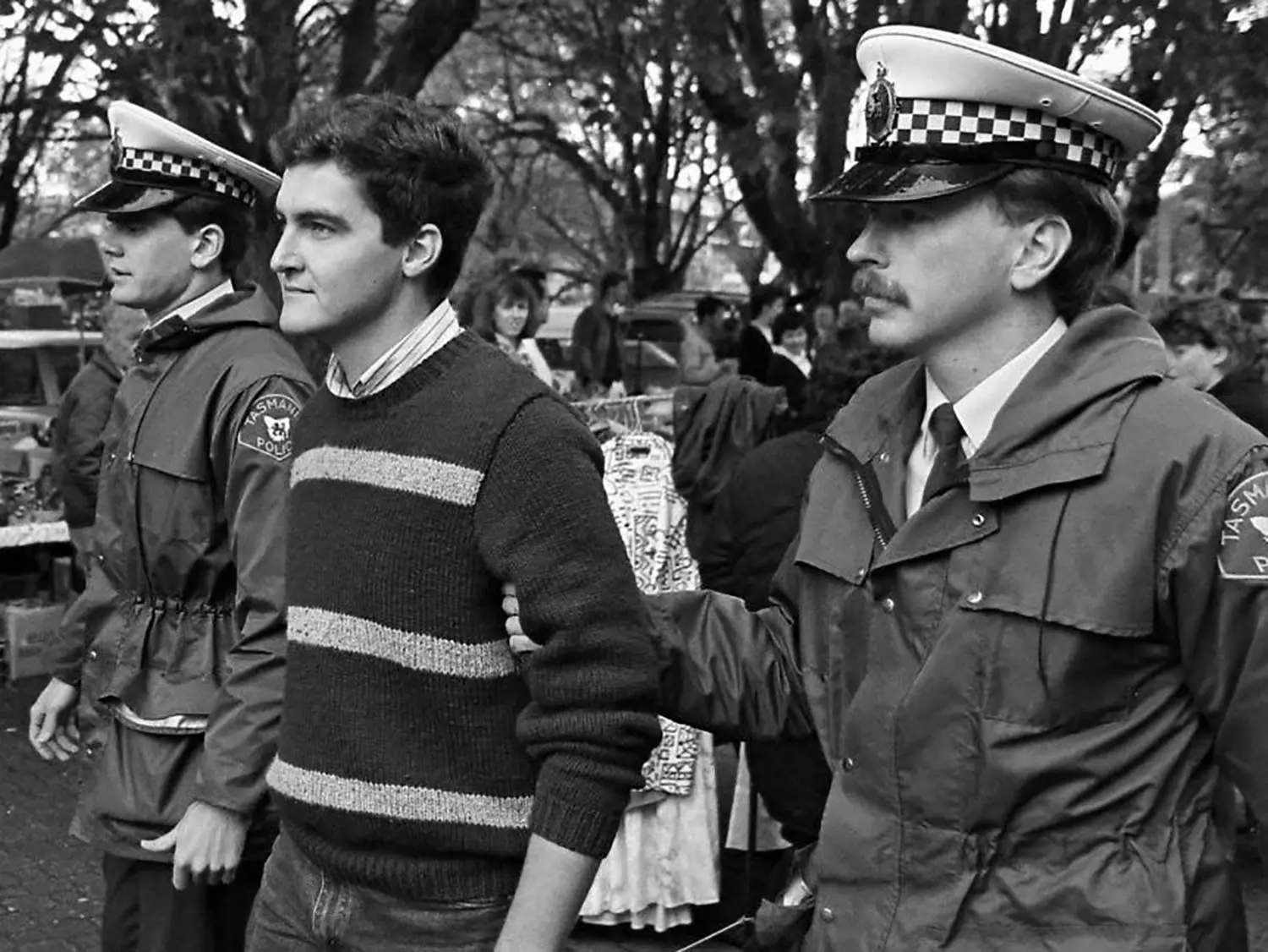
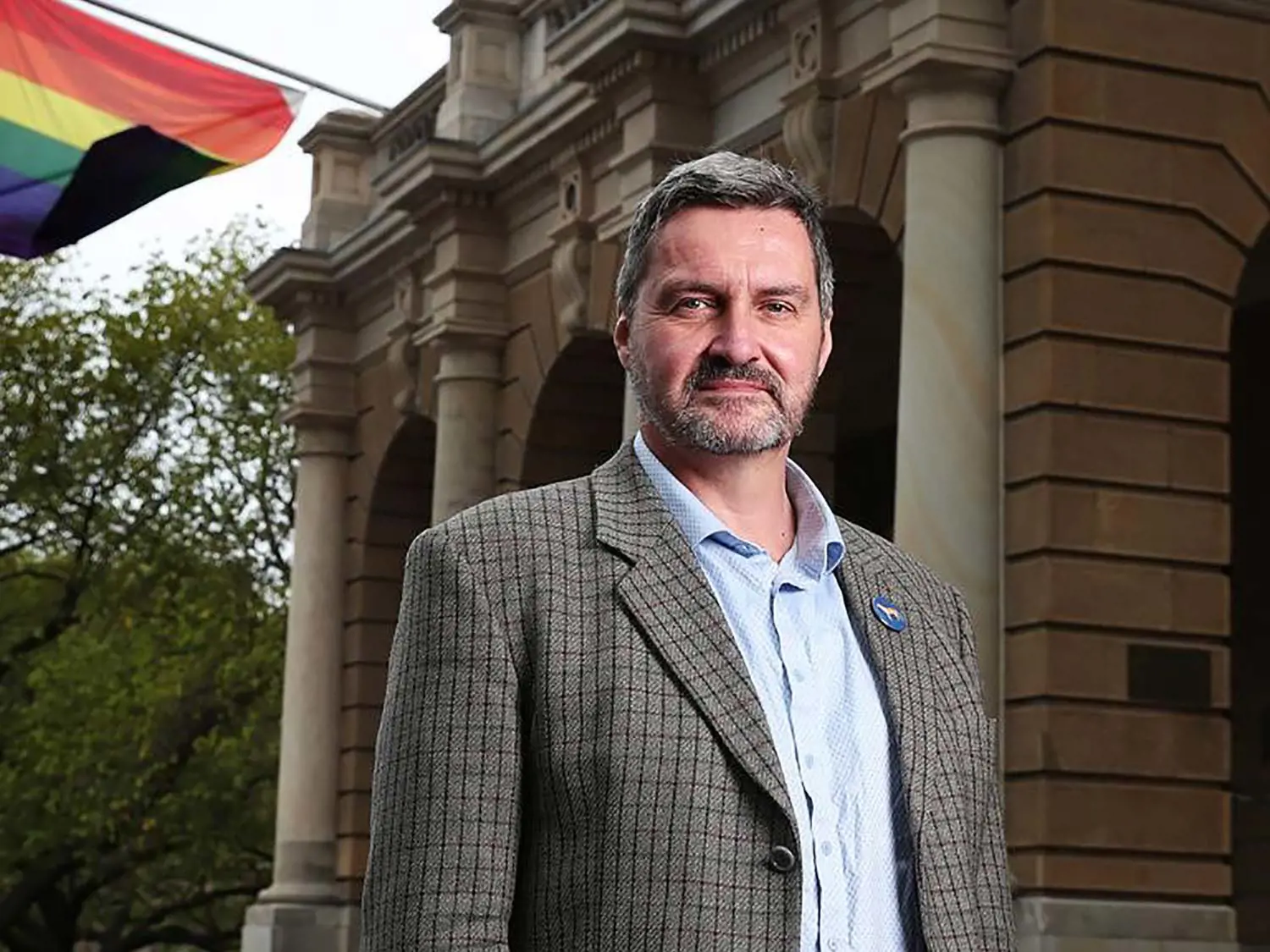
Visitors and locals alike come away from the Queer History Walk understanding Tasmania’s LGBTQIA+ landscape to be “a far richer, more colourful tapestry” than they might have imagined.
“We’ve always been here; we’ve always made a contribution to Tasmania,” Croome says.
“We’ve survived the hatred and the prejudice, and this is how we did it in the past, and we should be proud of our forebears and draw inspiration from them.”
